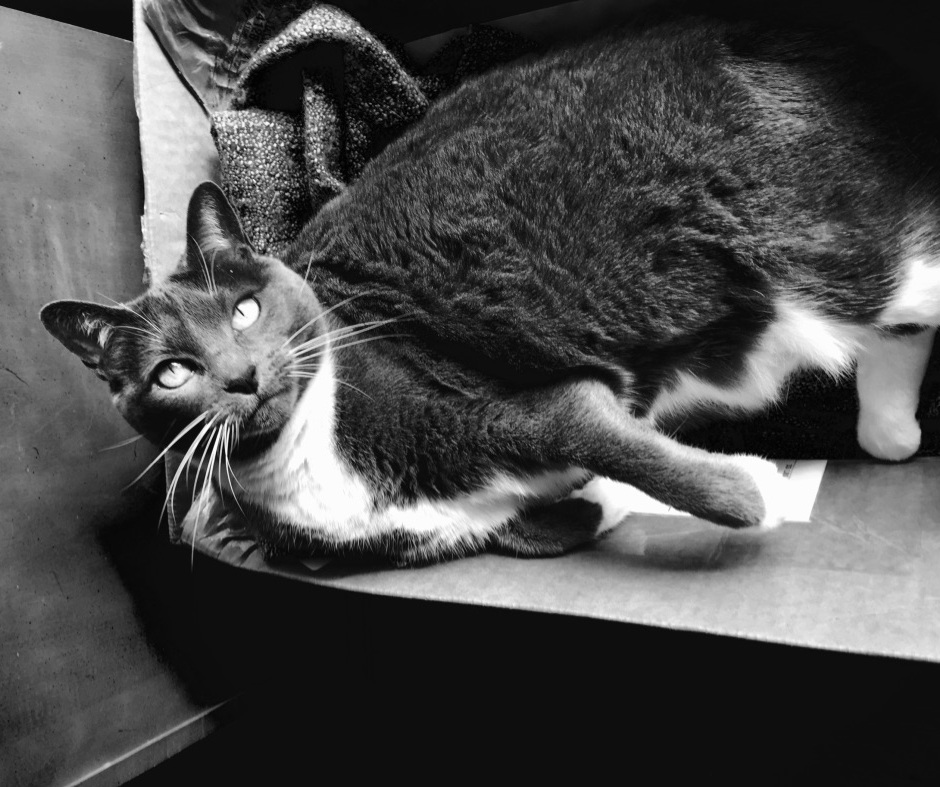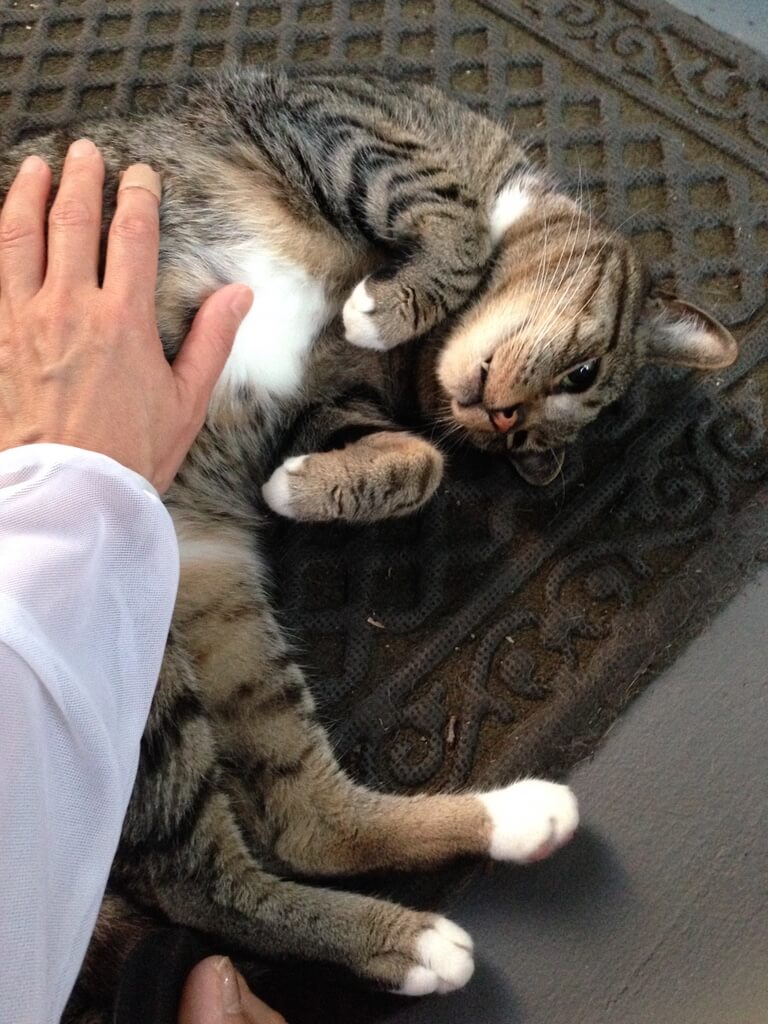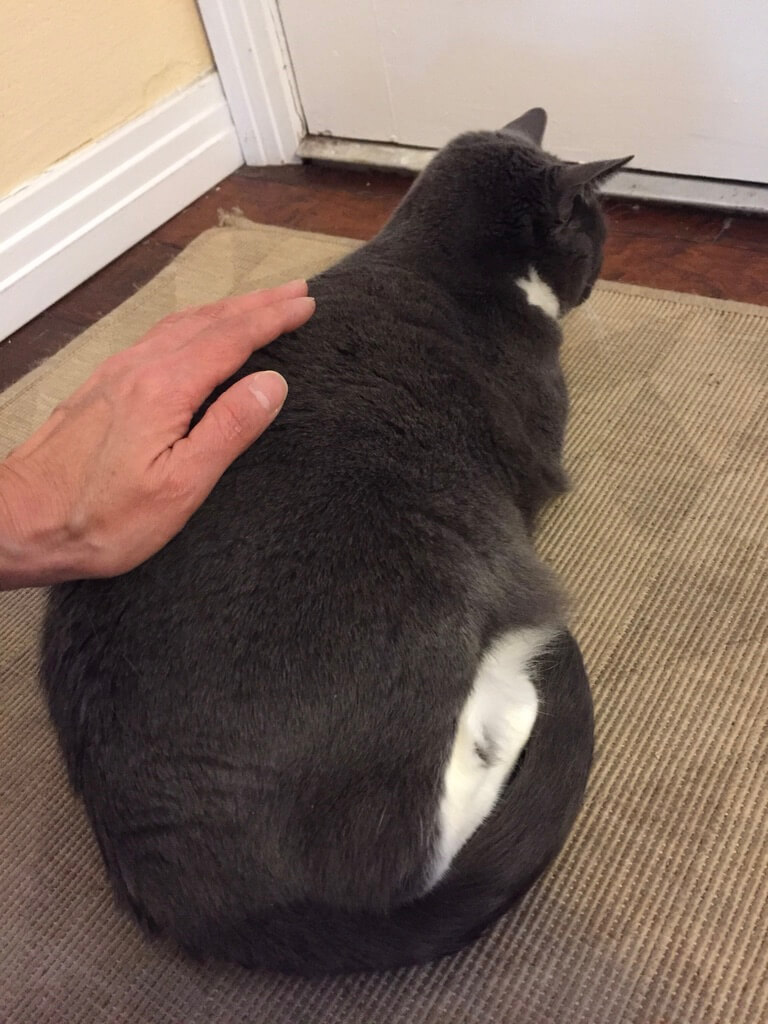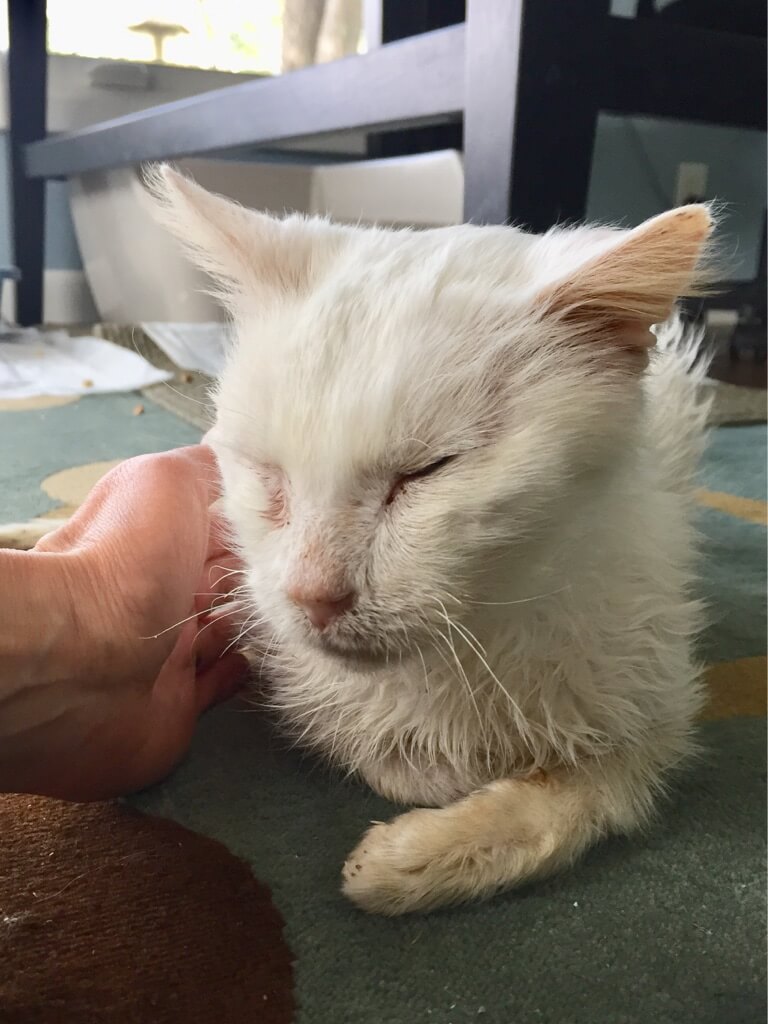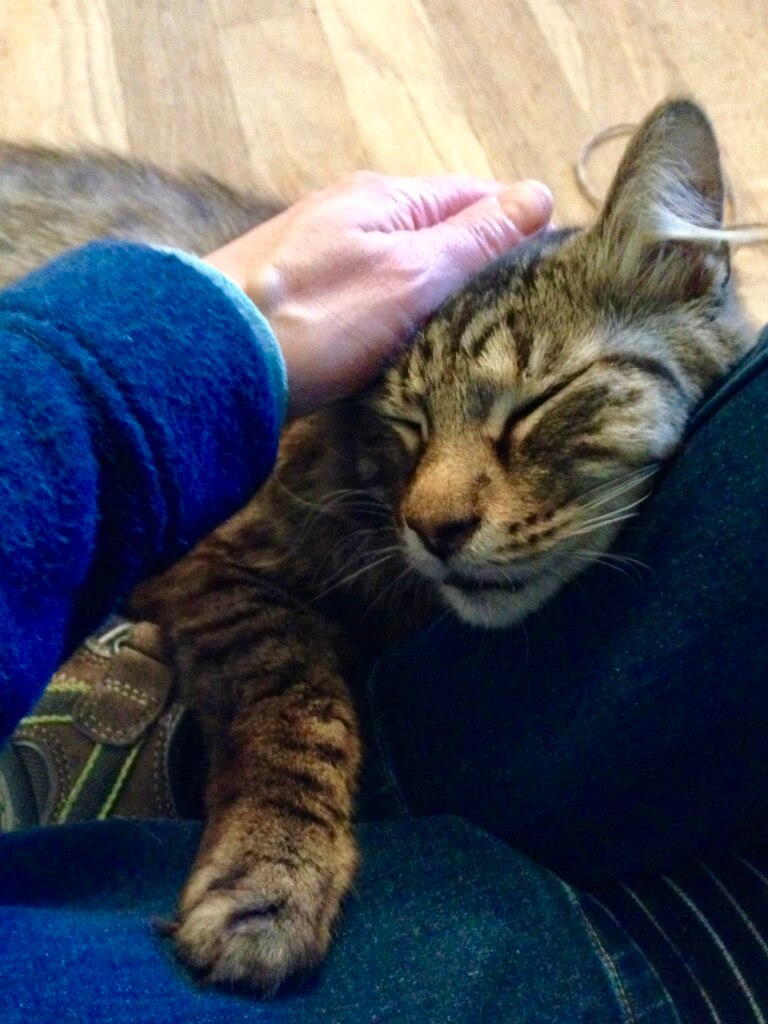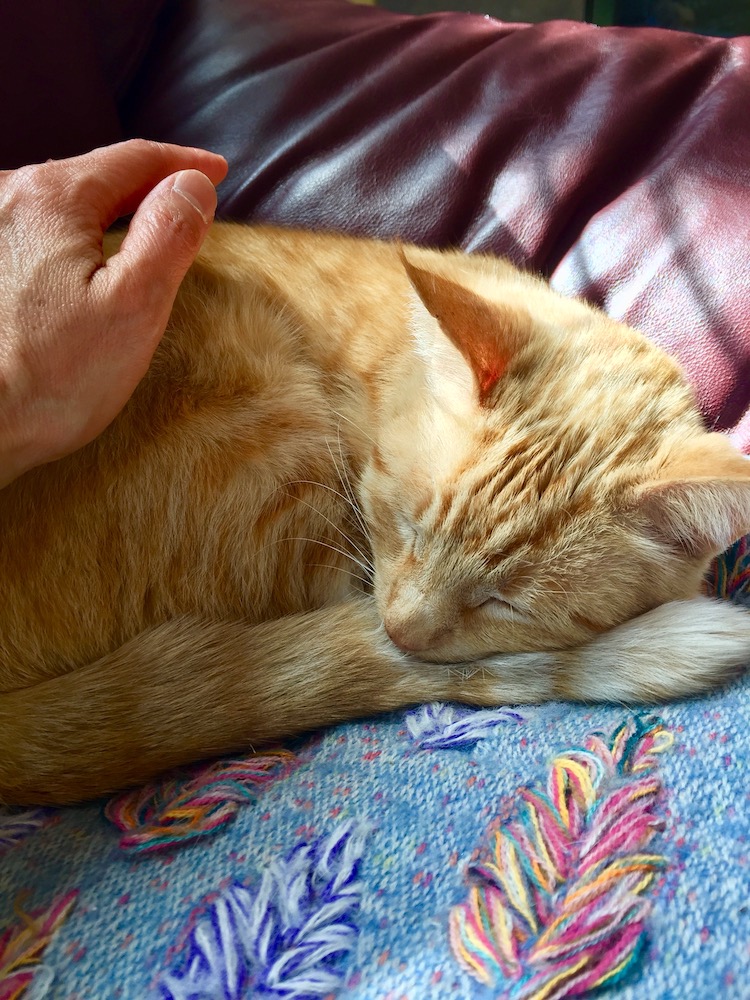“Deep healing moments happen through
soul connection with one another.”
Reiki Healing Space
by Misa Ono
Animal Reiki creates a healing space for your cats and dogs. Healing energy reaches your pets instantly.
It is a meditational space with peace and compassion. When your cats and dogs are open to receive this healing energy, their bodies and souls are ready to be synced and balanced.

